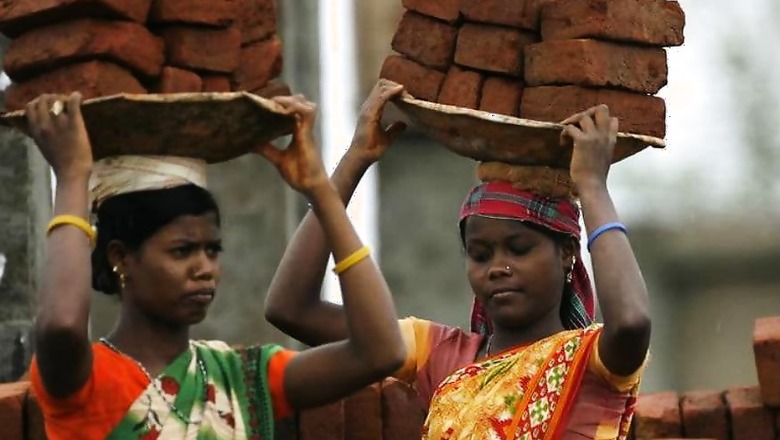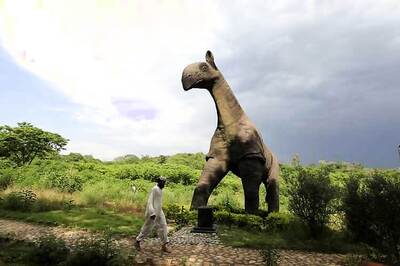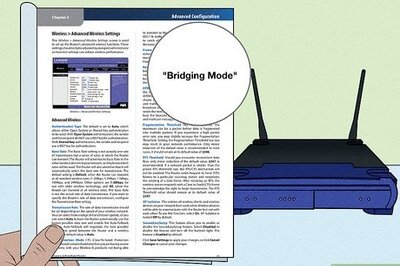
views
New Delhi: As part of an ongoing series on expectations from Budget 2017 for various sectors and schemes, News18 turns the lens to the Mahatma Gandhi National Rural Employment Act (MGNREGA).
Firstly, the flagship scheme of the United Progressive Alliance years has had mixed fortunes under the National Democratic Alliance government. It is evident that the ruling party doesn’t want to say anything good about the scheme, but it cannot afford to junk the scheme either, and open itself up to even more “Suit-Boot ki Sarkar” jibes from the Opposition.
Then, MGNREGA has been one of the most contested social sector programmes. Sections of finance capital regard it as a misallocation of resources because it raises labour costs, inhibits employment in productive sectors (industry, construction) and contributes to inflation. However, the Act has also played a part in redistributing income to the rural poor and put purchasing power in their hands, which many economists believe helped India weather the global financial crisis of 2007-08.
In other words, it is a conflict in democratic capitalism about whether to allow resource allocation to be dictated by the ‘free play of market forces’ or to be based on social needs and entitlement, as the economist Wolfgang Streeck described it.
Thirdly, the Indian economy is coming off two consecutive years of drought. MGNREGA is a scheme that is rooted in the political economy of drought since the days of the Raj and various food for work schemes in post independent India. A Swaraj Abhiyan PIL in the Supreme Court last year on the union and state governments’ response to the drought highlighted the usefulness of MGNREGA in offsetting the economic consequences of drought. The Apex court rapped states for not implementing social welfare legislation.
Fourthly, demonetization has introduced a new and unexpected angle to the “Great Indian MGNREGA debate”. Reports in the media indicate that demand for work has spiked as migrants returned home after high denomination notes were withdrawn.
Finally, elections for crucial states like Uttar Pradesh, Uttarakhand and Punjab will happen in the next two months. These states have reported a significant increase in MGNREGA job numbers.
In other words, Budget 2017 comes in the middle of a perfect storm of political and economic conditions. The difficulty for Finance Minister Arun Jaitley will be how to resolve these concerns?
To be sure, FY 2016-17 has seen the highest ever allocation for MGNREGA at Rs 47,000 crore. Will Jaitley be willing to match this figure on February 1, or increase it? People that News18 spoke to suggested that a figure of Rs 60-65,000 crore would be needed in FY 2017-18.
Available economic data suggests that government spending will have to pick up the economic slack, especially since exports are sluggish, private consumption demand has reduced and private investment remains anemic.
Jaitley will have to consider other spending needs. Apart from the budgetary provisions to finance Prime Minister Narendra Modi’s December 31 promises (interest subventions for farmers, financial assistance for pregnant women, increase in low cost housing), there is a strong buzz about a slash in income tax rates and a provision of a basic minimum income. If it happens the Government will have to make up the shortfall.
Apart from this, there are the usual financing needs for infrastructure, subsidies, education, health, social sector spending, salaries and pensions, apart from possible additional measures to offset demonetisation.
How Budget 2017 navigates pulls from different directions will be closely watched.




















Comments
0 comment